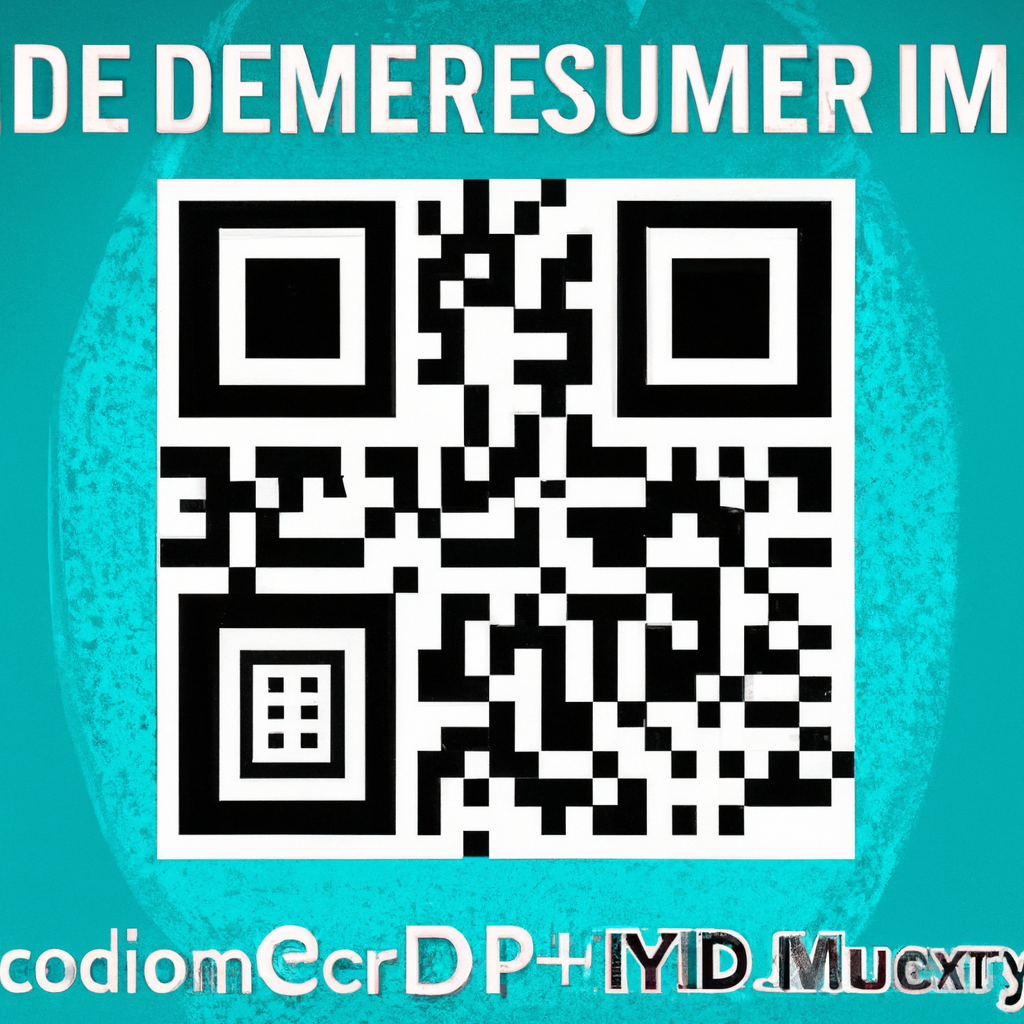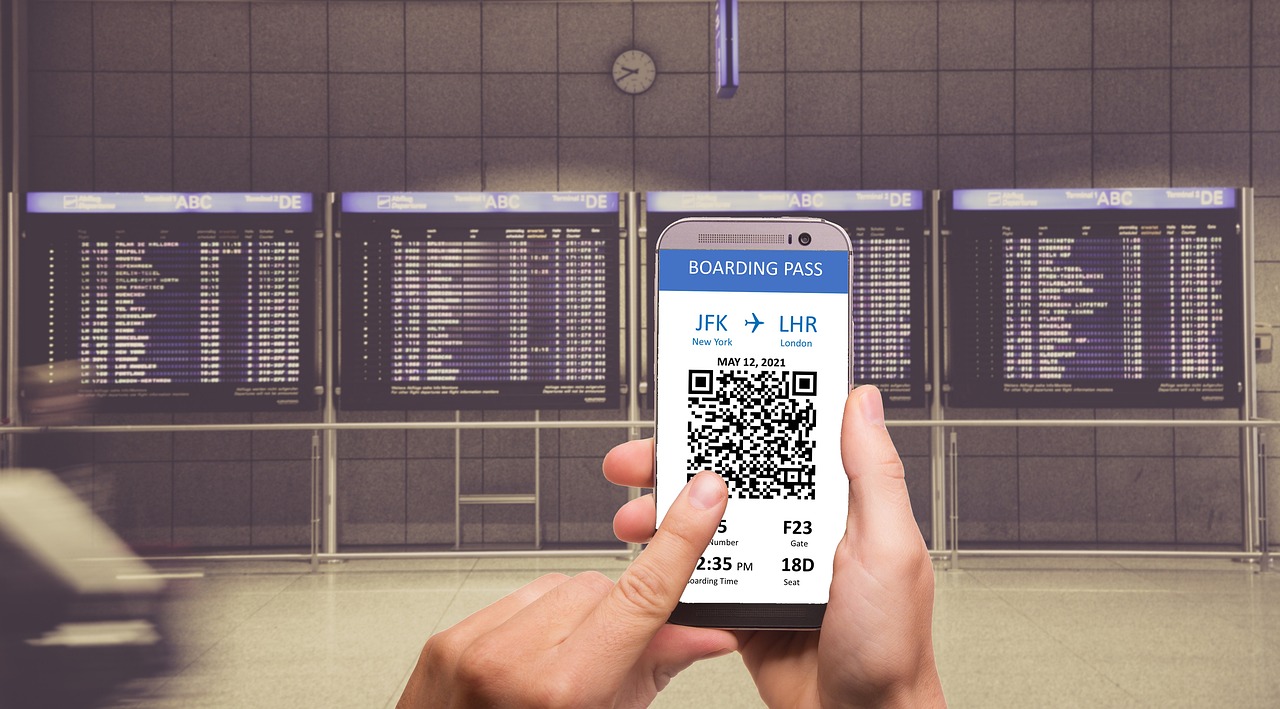So you’ve probably heard of QR codes before, right? Those black square grids filled with small squares that you scan with your smartphone to reveal some information. Well, those are actually examples of 2 dimensional codes! But what exactly is a 2 dimensional code, you may ask? Basically, it’s a type of barcode that can store data in both vertical and horizontal directions, allowing for a much higher storage capacity compared to traditional barcodes. In other words, it’s like a barcode on steroids, capable of holding a whole lot more information. So let’s explore the fascinating world of 2 dimensional codes and discover how they work and how they’re used in various industries.
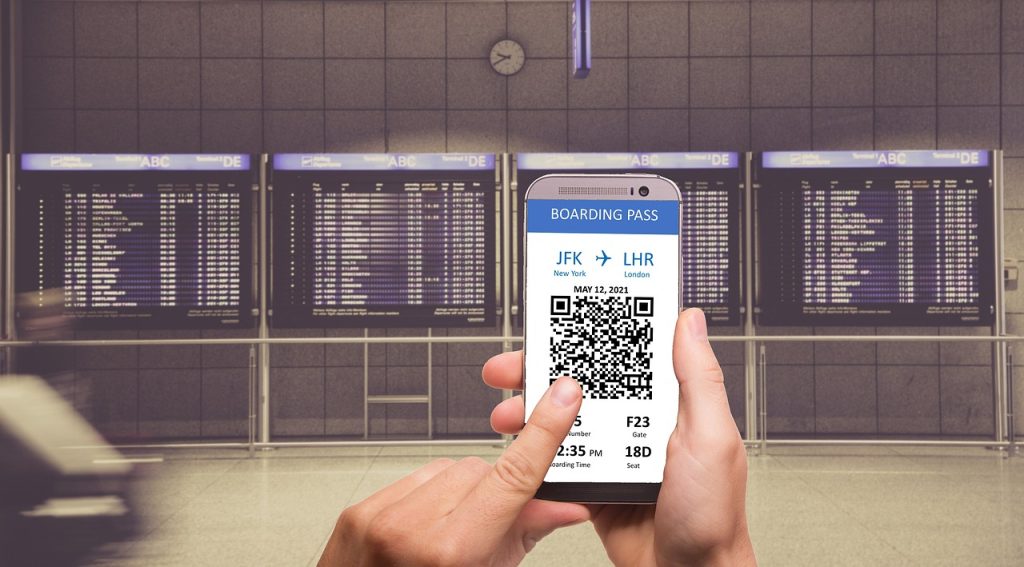
This image is property of pixabay.com.
Definition of a 2 Dimensional Code
A 2 dimensional code, also known as a 2D code, is a type of barcode that can store and represent more information than a traditional 1 dimensional barcode. It is capable of encoding data in both horizontal and vertical directions, hence the term “2D”. Unlike 1D barcodes, which can only store limited information, 2D codes can store a significant amount of data, including numbers, text, and even images. This makes them incredibly versatile and useful in a wide range of applications.
Explanation of a 2D Code
The structure of a 2D code consists of a grid made up of tiny squares or dots, arranged in a pattern. Each square or dot in the grid represents a binary value, which is translated into alphanumeric characters or other types of data when the code is scanned. The patterns within the grid allow for efficient encoding and decoding of the information contained within the code.
Different Types of 2D Codes
There are several different types of 2D codes, each with its own specific structure and applications. Some of the most commonly used 2D codes include QR codes, Data Matrix, PDF417, Aztec Code, and MaxiCode. Each of these codes has its own unique features and advantages, making them suitable for various industries and purposes.
Advantages of 2D Codes
One of the primary advantages of 2D codes is their ability to store a larger amount of data compared to 1D barcodes. This increased data capacity allows for the inclusion of more detailed information, such as product specifications, contact details, or website URLs. Additionally, 2D codes can be scanned from any direction, providing greater convenience and ease of use. They are also resistant to damage, as they can still be read even if a portion of the code is obscured or damaged. Furthermore, 2D codes can be printed on a variety of surfaces, including paper, plastic, and even screen displays, making them highly versatile in terms of applications.
How Do 2D Codes Work?
The Basics of 2D Code Structure
The structure of a 2D code consists of a grid made up of small squares or dots, arranged in a specific pattern. This pattern is what allows the code to be read and decoded. Each square or dot within the grid represents a binary value, which can be interpreted as alphanumeric characters or other types of data. The specific arrangement of the squares or dots within the grid determines the efficiency and accuracy of encoding and decoding the information.
Encoding Data in a 2D Code
To encode data in a 2D code, the information is converted into a binary code format. This binary code is then arranged in the pattern of squares or dots within the grid. The size of the grid and the number of squares or dots used will depend on the specific type of 2D code being used. Once the data is encoded, it can be printed or displayed wherever the code needs to be used. The encoded information can include text, numbers, URLs, or even images, depending on the capabilities of the 2D code.
Reading a 2D Code
To read a 2D code, a barcode scanner or a smartphone with a scanning app is used. The scanner or app captures an image of the 2D code and then decodes the information contained within it. The decoding process involves analyzing the pattern of squares or dots within the grid and translating that pattern back into the original data. The decoded information is then displayed or processed according to the intended purpose of the 2D code.
Common Uses of 2D Codes
Advertising and Marketing
2D codes are frequently used in advertising and marketing campaigns to provide additional information to customers. They can be printed on posters, brochures, or product packaging to allow users to quickly access product details, promotional offers, or website links. By scanning a 2D code with their smartphones, users can instantly connect to online content or receive exclusive offers, enhancing the overall effectiveness of the marketing campaign.
Product Packaging
2D codes are commonly used on product packaging to provide a convenient way for consumers to access information about the product. This can include nutritional information, cooking instructions, or warranty details, among other things. By scanning the 2D code on the packaging, consumers can quickly retrieve the information they need without having to search through lengthy manuals or visit websites.
Event Ticketing
2D codes have revolutionized the ticketing industry. Instead of traditional paper tickets, many events now use 2D codes on electronic tickets, which can be scanned at entry checkpoints. This provides a faster and more efficient way to verify ticket authenticity and track attendance. 2D codes also allow for easy transfer of electronic tickets between individuals, eliminating the need for physical ticket exchange or delivery.
Inventory Management
In industries where inventory tracking is crucial, such as retail and logistics, 2D codes play an important role. By encoding product information and tracking numbers in 2D codes, inventory management systems can easily track and manage the movement of goods. This improves efficiency, reduces errors, and helps with inventory control. When items are scanned, the codes can be linked to database systems, providing real-time tracking and accurate inventory information.
Document Tracking
2D codes are increasingly being used in document tracking systems to improve efficiency and reduce the risk of misplacement or loss. By affixing 2D codes to documents, such as invoices, contracts, or shipping labels, organizations can easily track and trace the movement of these documents. This streamlines document management processes, enhances security, and improves overall productivity.
Mobile Payments
The use of 2D codes for mobile payments has grown rapidly in recent years. By scanning a 2D code at a point of sale terminal, customers can make payments directly from their mobile devices. This eliminates the need for physical credit cards or cash and provides a convenient and secure way to complete transactions. The use of 2D codes in mobile payment systems has contributed to the shift towards digital wallets and contactless payment methods.
Comparison with 1 Dimensional Barcodes
Structure and Appearance
The most obvious difference between 2D codes and 1D barcodes is their structure and appearance. 1D barcodes consist of a series of parallel lines with varying widths and gaps, whereas 2D codes are made up of a grid of squares or dots. This difference in structure allows 2D codes to store significantly more data than their 1D counterparts.
Data Capacity
One of the major advantages of 2D codes over 1D barcodes is their data capacity. While 1D barcodes can typically store up to 20 characters of numeric data, 2D codes can store thousands of characters, including alphanumeric characters, symbols, and even images. This increased data capacity makes 2D codes more versatile and suitable for a wider range of applications.
Error Correction
Another advantage of 2D codes is their ability to incorporate error correction techniques. 2D codes can be designed to include redundant information, allowing for the detection and correction of errors that may occur during the scanning process. This makes 2D codes more robust and reliable, ensuring that the encoded data can still be accurately read even if the code is partially damaged or obscured.
Scanning Speed
In terms of scanning speed, 2D codes can be read more quickly than 1D barcodes. This is because 2D codes can be scanned from any direction, whereas 1D barcodes must be scanned from left to right. This flexibility in scanning direction allows for faster and more efficient scanning processes, especially in situations where speed is important, such as at retail checkout counters or event entry checkpoints.
Versatility
While 1D barcodes are primarily used for product identification and inventory management, 2D codes have a much broader range of applications. 2D codes can store not only numeric data but also text, URLs, contact details, and even images. This versatility allows 2D codes to be used in various industries, including advertising, marketing, ticketing, document management, and mobile payments.

This image is property of pixabay.com.
Types of 2D Codes
QR Codes
QR codes, short for Quick Response codes, are one of the most widely recognized and used types of 2D codes. They were initially developed for the automotive industry in Japan but have since gained popularity across different sectors due to their versatility and ease of use. QR codes consist of a square grid of black and white squares that can be scanned and decoded using a QR code reader or a smartphone app.
Data Matrix
Data Matrix codes are compact 2D codes that have a high data capacity relative to their size. They consist of a square or rectangular grid of dots, which can be black or white. Data Matrix codes were initially developed for marking small electronic components but are now used in various industries for product identification, inventory management, and document tracking.
PDF417
PDF417 codes are stacked 2D codes that resemble a series of horizontal lines. They were developed by Symbol Technologies, a subsidiary of Motorola, and are frequently used in logistics, transportation, and government applications. PDF417 codes have a high data capacity and can encode large amounts of information, including text, numbers, and even binary data.
Aztec Code
Aztec codes are compact 2D codes that were developed by Andrew Longacre Jr. in the 1990s. They are named after the indigenous Aztec people of Mexico. Aztec codes have a unique structure, consisting of a square grid of pixels with a circular pattern at the center. They are known for their robust error correction capabilities and are commonly used in transportation, ticketing, and asset tracking applications.
MaxiCode
MaxiCode is a fixed-size 2D code developed by United Parcel Service (UPS) for use in the logistics and package delivery industry. It consists of a hexagonal grid of dots surrounded by a circular pattern. MaxiCode codes are used by UPS to encode package tracking information, allowing for efficient sorting and delivery of packages.
QR Codes
History of QR Codes
QR codes were first developed in 1994 by Denso Wave, a subsidiary of the Japanese company Denso Corporation. They were initially created to track vehicles during the manufacturing process, but their potential for various applications was quickly realized. QR codes gained widespread popularity in Japan, and their use expanded globally in the early 2000s.
Structure of a QR Code
The structure of a QR code consists of several key elements. At the core is a unique square finder pattern, which helps scanners recognize and orient the code correctly. Surrounding the finder pattern is a grid of black and white squares, which encode the data. The size and complexity of the QR code can vary, with larger codes typically having a higher data capacity.
Features and Applications
One of the key features of QR codes is their ability to store a significant amount of data. QR codes can encode various types of information, including text, URLs, contact information, calendar events, and even Wi-Fi network credentials. This versatility has led to their widespread use in advertising, marketing, product packaging, ticketing, and many other applications. With the proliferation of smartphones and QR code scanning apps, it has become increasingly common for individuals to scan QR codes to access information or complete transactions.
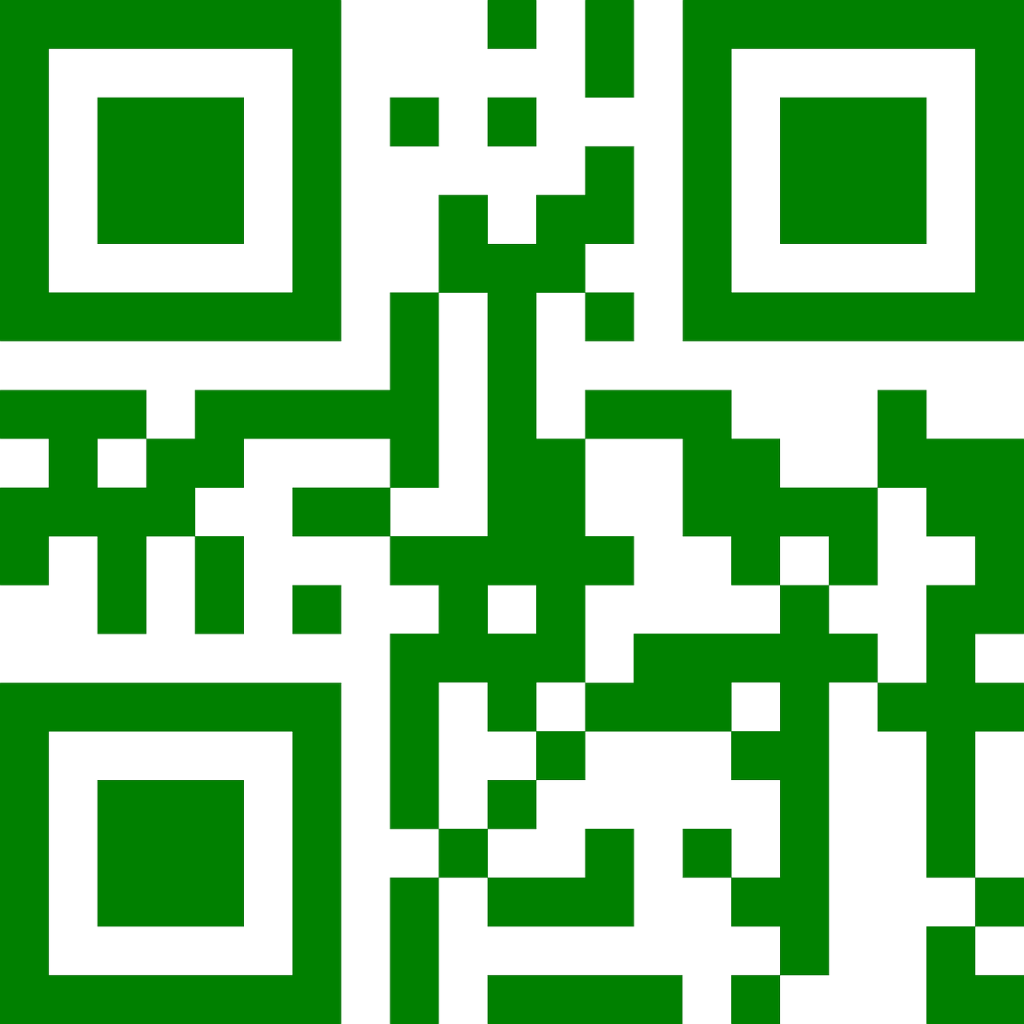
This image is property of pixabay.com.
Data Matrix
History of Data Matrix
Data Matrix codes were developed by International Data Matrix in the early 1990s. They were originally intended for marking small electronic components and are still widely used for this purpose. Over time, their use has expanded to include product identification, inventory management, document tracking, and other applications that require the encoding of large amounts of data in a compact form.
Structure of a Data Matrix Code
Data Matrix codes consist of a square or rectangular grid of dots or squares. The size of the code can vary depending on the amount of data being encoded. Each dot or square in the grid represents a binary value, which is decoded to produce the original data. Data Matrix codes can optionally include error correction information to enhance their reliability and readability.
Applications and Limitations
Data Matrix codes are commonly used in industries such as electronics manufacturing, healthcare, automotive, and logistics. They are suitable for applications that require high-density data storage in a small space. However, their small size can also present challenges, as scanning Data Matrix codes accurately requires high-resolution scanners or cameras. Additionally, Data Matrix codes may not be as well-known or recognizable to the general public as QR codes, which may limit their adoption in certain consumer-facing applications.
PDF417
History of PDF417
PDF417 codes were developed by Symbol Technologies, a subsidiary of Motorola, in the mid-1990s. The name “PDF417” stands for Portable Data File 417, referring to the file format used to encode the data in the code. PDF417 codes were designed to address the limitations of 1D barcodes by providing a compact, high-capacity, and flexible alternative.
Structure of a PDF417 Code
PDF417 codes consist of stacked rows of bar and space patterns, similar to 1D barcodes. However, instead of encoding data in a single row, PDF417 codes can encode data in multiple rows, allowing for significantly higher data capacity. Each row in the code can contain up to 928 codewords, with each codeword representing a binary value.
Uses and Advantages
PDF417 codes are widely used in industries such as transportation, logistics, and government applications. They have a high data capacity and can encode a wide range of information, including text, numbers, and binary data. PDF417 codes also have built-in error correction capabilities, which ensure reliable data decoding even in the presence of damaged or partially obscured codes. Their flexibility and robustness make them suitable for applications that require the encoding of large amounts of data in a compact form.
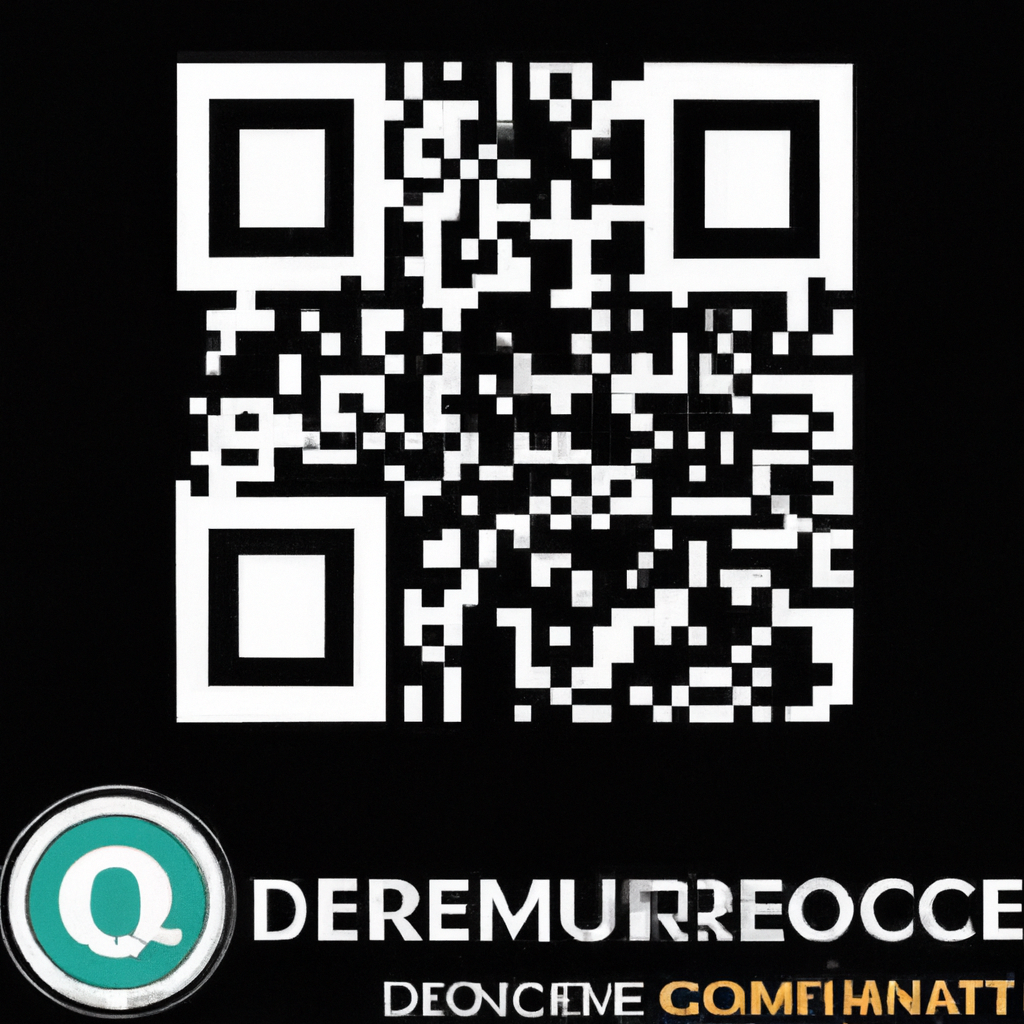
Aztec Code
History of Aztec Code
Aztec codes were developed in the 1990s by Andrew Longacre Jr., who was working at Welch Allyn, a medical diagnostics company. The name “Aztec Code” was chosen due to the code’s resemblance to Aztec artwork. Aztec codes were designed to provide a compact and robust solution for encoding large amounts of data.
Structure of an Aztec Code
Aztec codes have a unique structure compared to other types of 2D codes. They consist of a square grid of pixels, with a circular pattern at the center. The circular pattern helps scanners to quickly locate and orient the code correctly. The data in an Aztec code is encoded in concentric rings around the circular pattern, with each ring representing a different level of error correction.
Applications and Drawbacks
Aztec codes are commonly used in transportation, ticketing, and asset tracking applications due to their robust error correction capabilities. They can efficiently encode large amounts of data, making them suitable for situations where space is limited. However, Aztec codes are not as widely recognized or supported as QR codes, which may limit their adoption in certain applications. Additionally, scanning Aztec codes accurately often requires high-resolution scanners or cameras.
MaxiCode
History of MaxiCode
MaxiCode was developed by United Parcel Service (UPS) in the early 1990s as a solution for efficient package sorting and delivery. UPS needed a code that could encode a large amount of data and be easily scanned from a distance. MaxiCode was designed to meet these requirements and has since become a widely used standard in the logistics and package delivery industry.
Structure of a MaxiCode
MaxiCode consists of a hexagonal grid of dots surrounded by a circular pattern. The hexagonal grid encodes information such as the destination address, package tracking number, and other relevant data. The circular pattern helps scanners locate and interpret the code correctly. MaxiCode also includes a unique bulls-eye pattern, which aids in the decoding process.
Industry Usage
MaxiCode is primarily used by UPS for shipping and package tracking. When an item is shipped with UPS, a MaxiCode label is typically affixed to the packaging. The MaxiCode encodes information such as the recipient’s address, delivery instructions, and any special handling requirements. This allows UPS to efficiently sort and deliver packages, ensuring accurate and timely delivery. MaxiCode is also used by other logistics companies and organizations that require reliable and efficient package tracking systems.
